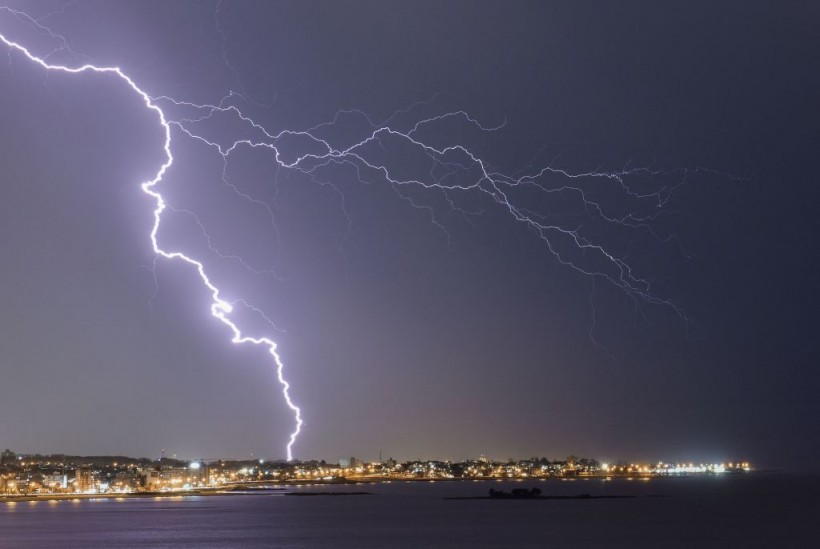One strike of lightning from a small storm in Oregon and the following thunder shook the city of Portland yesterday afternoon, as specified in a National Weather Service report.
According to a Phys. org report, the flash and bang were described as a "one-hit wonder," an unexpected occurrence from a "small storm cell," Tyler Kranz, a meteorologist, explained. No more lightning was expected.
— TheChemist (@ChemistCrunch) September 12, 2022
The same report also specified that at past 2:13 pm, the boom led to social media posts questioning if what was witnessed was thunder or potentially a meteorite.
Kranz explained that a lightning detector registered a single lightning strike while the thunder was reported.
The expert added that a positive charged cloud-to-ground flash had a strong current that caused the unexpected boom, a similar Associated Press report said.
Lightning Occurrence
A Met Office report said, as warm air is rising, it's cooling and condensing, forming tiny water droplets. If there is adequate instability in the air, the warm air's updraft is fast and the water vapor will rapidly form a cumulonimbus cloud. Usually, these cumulonimbus clouds can form in less than an hour.
In addition, as the warm air continues to rise, the water droplets integrate to create larger droplets which form to form ice crystals.
As a result of circulating air in the clouds, water is freezing on the surface of the droplet or crystal. Ultimately, the droplets turn extremely heavy to be supported by the updraughts or air and fall as hail.
Meanwhile, as hail moves within the clouds, it picks a negative charge by rubbing against tinier positively charged crystals.
ALSO READ: Man Struck by Lightning Saved by His Crocs, What are the Chances?
How Thunder Is Formed
A negative charge forms the base of the cloud where the hail is collecting, while the lighter ice crystal stays close to the top of the cloud and produces a positive charge.
An example of an image of how thunder forms are that lightning bold can be up to 50,000 degrees Fahrenheit. It instantaneously helps the air to as much as 18,000 degrees and that air next to the bolt bursts out.
This exploding or expanding and contracting creates the sound known as thunder. Every five seconds is a mile of distance. Therefore, if one cannot count to five before hearing thunder, the lightning is a mile away.
If one counts one to 10, the lightning is two miles away. One should wait for at least 20 minutes after the last thunder he hears or lightning he sees before heading out once again.
Related information about lightning and thunder is shown on Outdoor Therapy's YouTube video below:
RELATED TOPIC: Survivors Describe What It Feels Like After Being Struck By Lightning
Check out more news info about the Lightning Strikes only on Science Times.















